Since the release of the first foldable smartphone, five years have passed, and during this time, significant players in the market have introduced their models and their vision of the form factor. The product lineup continues to grow, much like the interest in foldable gadgets, as evidenced by the increase in sales. For example, it is expected that the foldable smartphone market size will increase from $24.52 billion in 2023 to $54.05 billion by 2028. These devices are a significant departure from traditional monoblocks and genuinely bring a fresh perspective to the industry. However, as their popularity grows, so do the challenges associated with these gadgets. The question arises: how flexible should foldable smartphones be for a sustainable future? Let's try to explore this.
Sales of Foldable and Conventional Devices
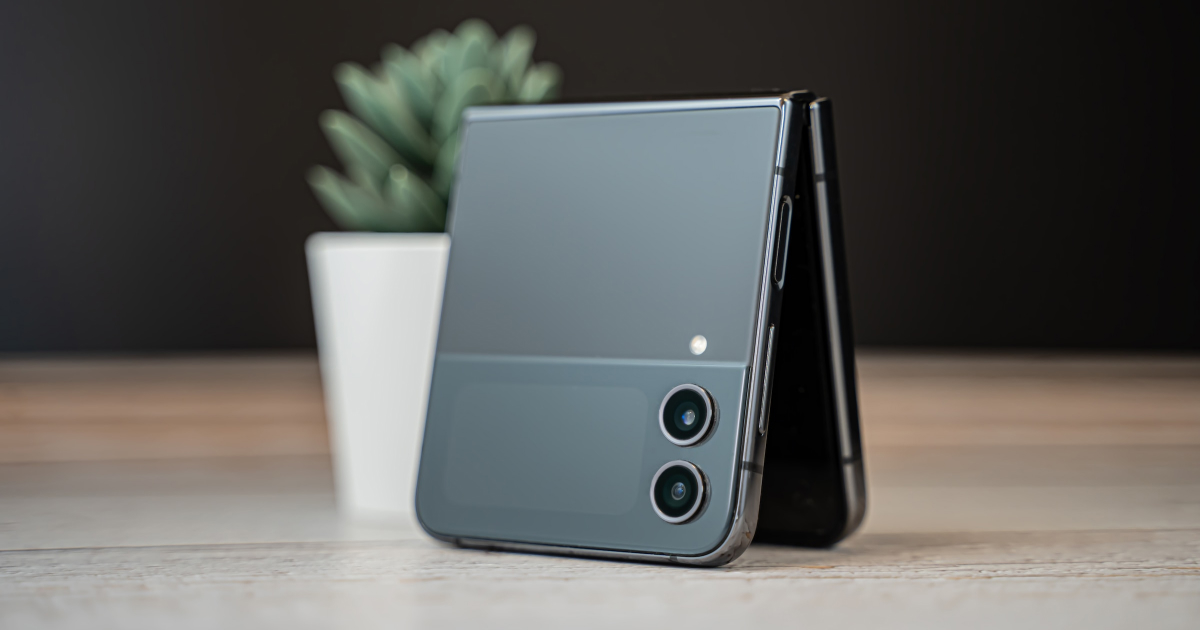
Market forecasts for foldable smartphones show a positive trend for the coming years. It is expected that the market size will increase from $24.52 billion in 2023 to $54.05 billion by 2028, with a Compound Annual Growth Rate (CAGR) of 17.13% for the projected period (2023-2028). Global shipments of foldable smartphones increased by 10% year-on-year in the second quarter of 2023, reaching 2.1 million units. The growth in the Chinese foldable device market is particularly noticeable. According to another source, the foldable phone market size is estimated to be $10,306.2 million in 2023 and is expected to exceed $101,351.7 million by 2033.
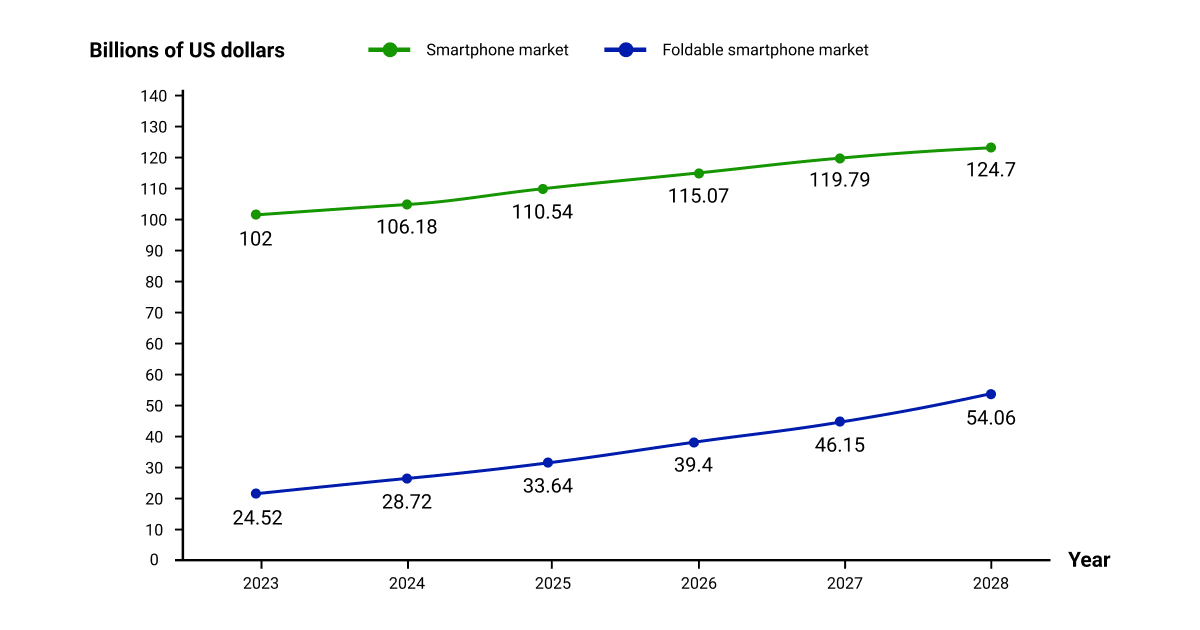
On the other hand, the overall smartphone market has also demonstrated growth, although it is less pronounced. It is projected that the smartphone market volume will increase from 1.45 billion units in 2023 to 1.78 billion units by 2028, with a CAGR of 4.19% for the projected period (2023-2028). However, global smartphone shipments are expected to decrease by 3% year-on-year to 1,162.5 million units in 2023.
Issues with Foldable Devices
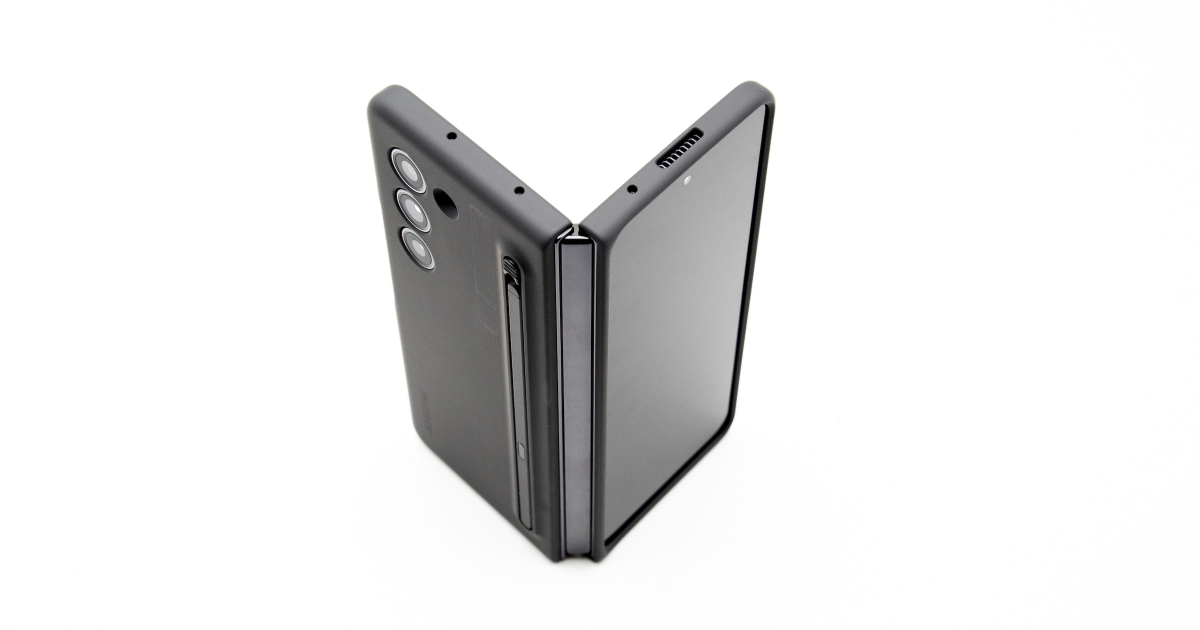
Despite these positive trends, several issues could limit the long-term presence of foldable devices in the market. One such problem is the relatively short lifespan of these devices compared to traditional smartphones. Foldable smartphones experience increased wear and tear due to their construction, which can lead to more frequent breakdowns and, consequently, additional expenses for repair or device replacement for consumers.
Repairability is a stumbling block for many foldable device owners. In 2023, manufacturers like Samsung, Huawei, and Oppo continue to work on improving the durability and repairability of their foldable devices, but problems persist.
For example, Samsung has reduced the cost of repairing the screen of its foldable devices, but this led to the Galaxy Z Flip 4 becoming more expensive than initially intended. On the other hand, a report on how the Galaxy Z Fold 3 stands the test of time a year after purchase highlights the durability issue. This problem is exacerbated by the cost of replacing the display module. The price tag for display replacement is significantly higher, averaging $400, compared to traditional smartphones, which are designed for high repairability. For comparison, the cost of replacing an iPhone display starts at $100, and there is a growing market for secondary and non-original displays, which are much cheaper than original parts.
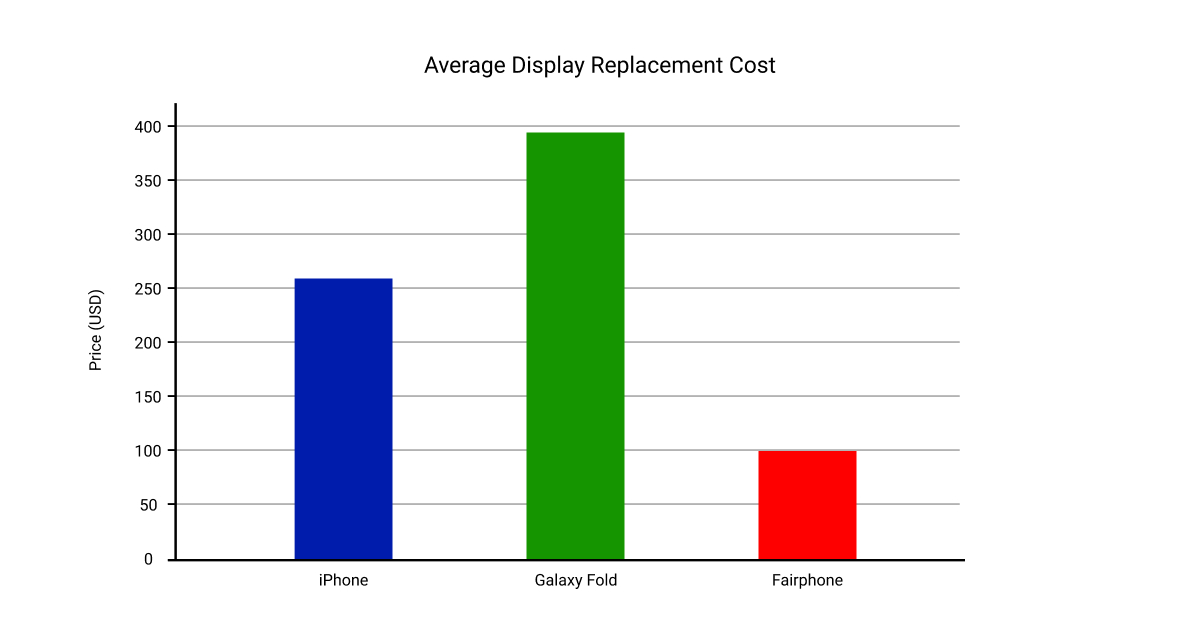
Battery replacement is also a weak point for these new foldable devices. Not only is the replacement process complex, but the cost of a new battery is also high. In the long run, servicing and repairing a foldable device can cost almost as much as a new gadget.
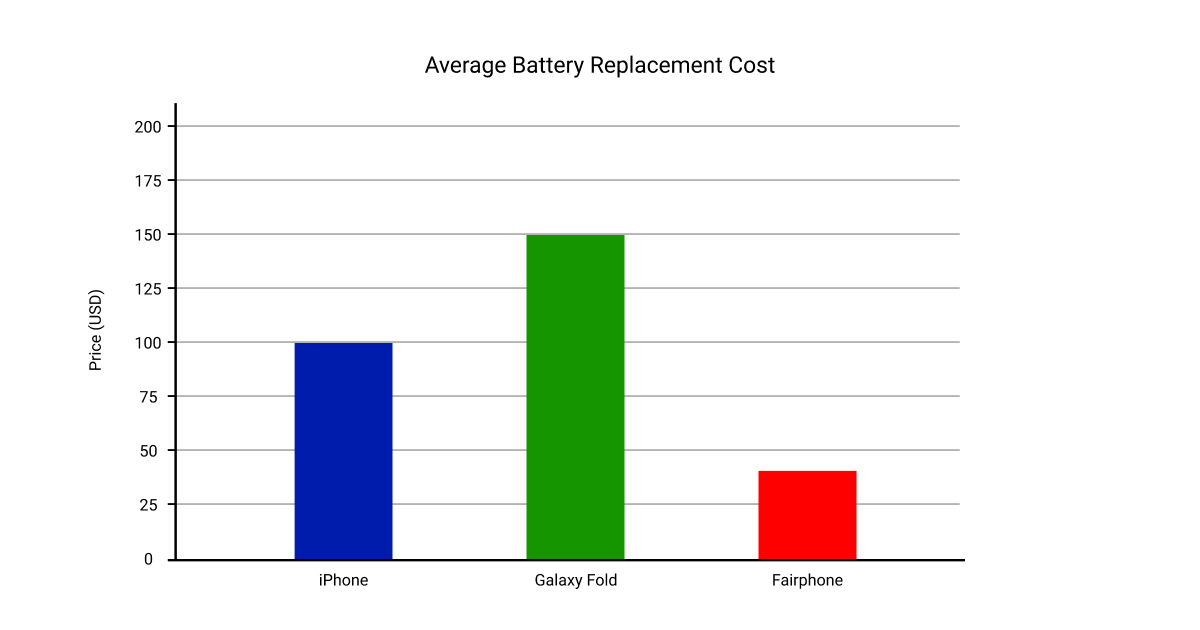
Chinese brands, including Huawei, plan to release large batches of their following foldable devices to achieve significant sales in 2023. However, even with devices for different price segments, repairability remains a question. As for Oppo, their Find N3 and Find N2 Flip models, despite being equipped with quality components, also need repairability due to the device's complex construction.
Sensitive displays, complex construction, soldered or even glued components, and the high cost of parts make repairing foldable devices a complicated and costly process. Some critical components, such as charging ports, may be soldered to the device, increasing the complexity and cost of repair. Due to innovative technology and the complexity of the construction, parts for foldable machines can be expensive.
Vulnerability to everyday use and the lack of standard repair solutions are also causes for concern. Foldable devices may require specialized tools and repair techniques, making repairs less accessible to ordinary users and technicians. Additionally, some manufacturers may offer limited warranty terms or high repair costs under warranty, which can deter potential buyers.
Flexibility, Economics, and Ecology
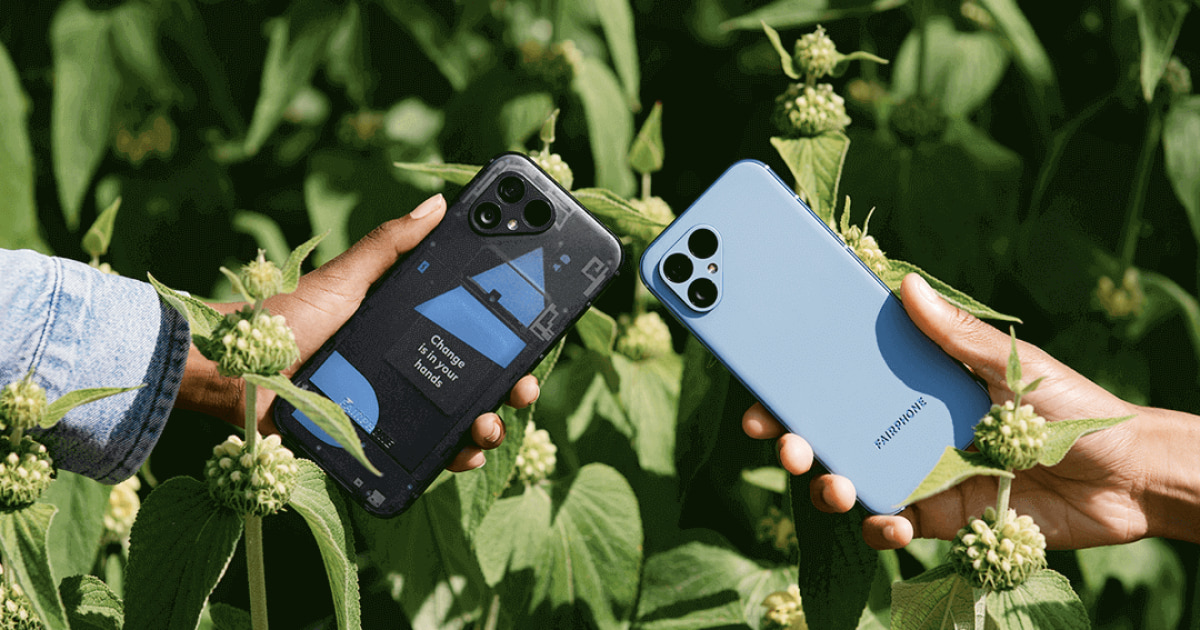
High repair and component replacement costs, as well as potential environmental issues related to the disposal of complex materials, raise questions about the sustainable growth of the flexible device segment. Various regulations and proposals within the European Union aim to address these issues by promoting repairability and recycling.
The European Parliament has adopted its priorities for the right to repair legislation ahead of the planned European Commission proposal in the third quarter of 2022. This legislation is part of the EU's plan to achieve a circular economy by 2050 under the European Green Deal.
Among the measures that may be included in the legislation are making repair more attractive to consumers, requiring manufacturers to provide free access to repair and maintenance information, ensuring more excellent durability of devices, simplifying repairs, and extending warranties.
According to the post-warranty rule, companies producing goods identified by the EU as subject to repairability requirements (including mobile phones and tablets) are obliged to repair such items for five to ten years after purchase if the customer requests it and if repair is possible.
The European Commission has also proposed several new rules regarding product repair to promote sustainable consumption and waste reduction, aligning with the goals of the European Green Deal.
Flexibility or Durability: What Does the Market Choose?

Considering the trends towards sustainability and environmental friendliness, foldable smartphones do not fit the conventional paradigm. Classic monoblocks, when properly maintained and repaired, can serve users for many years without noticeable issues. Recently, there has been a growing popularity of devices that can be self-repaired. An example of such a device is the Nokia G22, which was recognized in TIME's list of the best inventions of 2023. Another example is Fairphone, which has been promoting the idea of accessible and affordable repair for several years. These devices, while more expensive than their direct competitors, offer high repairability, cheaper parts, extended support lifespans, and the ability to quickly and easily replace the battery, display, or any other module, making them attractive to consumers. In the long term, these devices offer more benefits compared to their foldable counterparts.
Furthermore, the current unstable economic situation and inflation compel people to make more rational choices—preferring items that will last longer or are cheaper. In this context, a used iPhone on the secondary market can be a desirable offer. These devices are known for their durability and reliability, making them more appealing than foldable devices.
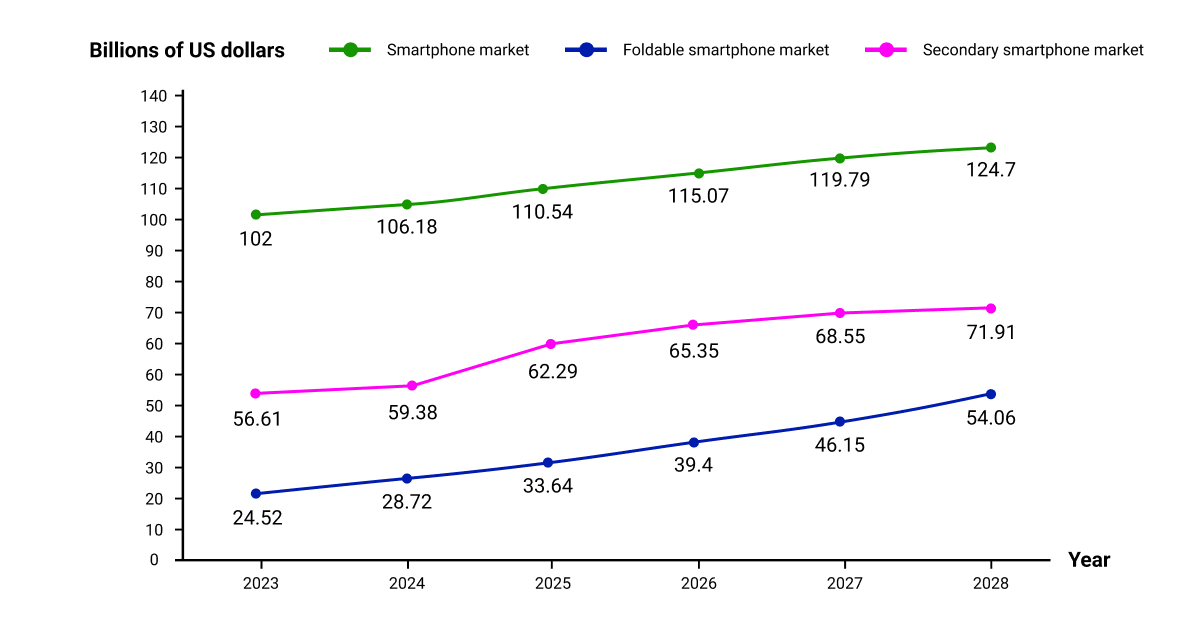
The secondary device market continues to grow as consumers seek more affordable and long-term solutions. According to recent data, the used and refurbished smartphone market is expected to grow from $56.61 billion in 2023 to $71.91 billion by 2028, with a Compound Annual Growth Rate (CAGR) of 4.90% from 2023 to 2028. It is projected that nearly 415 million used smartphones will be shipped worldwide in 2026, with a total market value of $99.9 billion. This reflects the overall trend toward more conscious consumption and can play a significant role in the future of technological development, especially in the mobile device segment. This trend confirms that sustainability and repairability may become key factors in consumers' device choices shortly.
Conclusion

Foldable devices have brought fresh air to the world of mobile technology, which has been long overdue. However, questions about their accessibility, repairability, and sustainability raise doubts about their long-term prospects in the market. Manufacturers of foldable devices should consider making their products more appealing to a broader range of consumers while ensuring the possibility of repair and extended service life. Otherwise, there is a risk that these devices will remain niche solutions or even disappear from the market due to potential new laws and regulations, especially in light of the global movement toward more sustainable and environmentally friendly technologies. In the face of increasing economic challenges and growing environmental awareness, consumers are likely to prefer devices that not only meet their current needs but also serve them in the long term, thereby providing a better balance between price and quality.
Sources:
- Mordor Intelligence. (2023). Foldable Smartphone Market - Growth, Trends, COVID-19 Impact, and Forecasts (2023 - 2028).
- Counterpoint Research. (2023). Global Foldable Market Analysis Q2 2023.
- Future Market Insights. (2023). Foldable Phone Market Report 2023 Analysis and Review.
- Mordor Intelligence. (2023). Smartphone Market - Growth, Trends, COVID-19 Impact, and Forecasts (2023 - 2028).
- Research and Markets. (2023). Worldwide Smartphone Forecast 2023-2027. Retrieved
- The Verge. (2023). Samsung Galaxy Z Flip 4 review: a triumph in foldable design.
- Engadget. (2023). How the Galaxy Z Fold 3 stands up to a year of use.
- GizmoChina. (2023). Huawei Mate X3 and Pocket foldable phones to launch in 2023.
- Android Authority. (2023). Oppo Find N review: Oppo's first foldable is no experiment.
- iFixit. (2023). Samsung Galaxy Z Fold 3 Teardown. Retrieved from: ifixit.com
- TechCrunch. (2023). EU proposes a common charger for all electronic devices.
- European Commission. (2023). Delivering on the Circular Economy Action Plan.
- Mordor Intelligence. (2023). Used and Refurbished Smartphone Market - Growth, Trends, COVID-19 Impact, and Forecasts (2023 - 2028).
- IDC. (2023). Worldwide Used Smartphone Forecast, 2023–2027.






